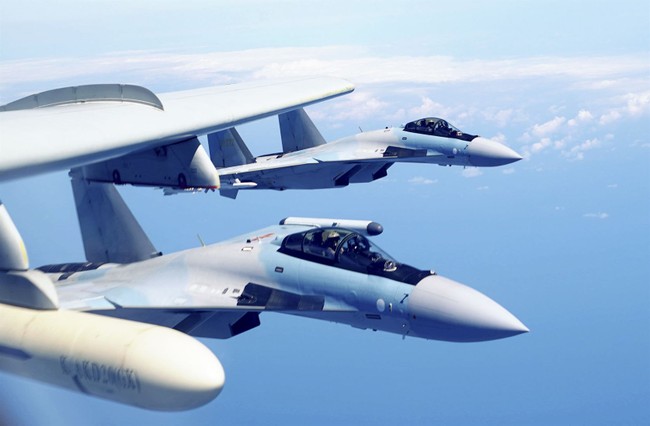Tensions Rise as China Conducts Taiwan Blockade Drills
China's recent military exercises around Taiwan underscore escalating tensions and worldwide geopolitical implications. Involving multiple military branches, these actions are indicative of the region's fragile peace.
Published April 02, 2025 - 00:04am

Image recovered from redstate.com
China has once again intensified tensions in the Taiwan Strait with its recent large-scale military exercises, aimed in part to demonstrate a 'severe warning' towards Taiwan and possibly the United States. These drills involve various branches of its military, from naval to missile capabilities, showcasing the People's Liberation Army's increasing readiness and posturing in the region.
The exercises were launched without prior announcement and continued over a 24-hour period. According to Taiwan's Ministry of National Defense, the maneuvers involved 19 Chinese navy vessels, including the prominent Shandong aircraft carrier, which intruded into Taiwan's air defense zone, prompting Taiwan to dispatch military aircraft, ships, and activate land-based missiles in response.
In response to China's assertive actions, Taiwan's Presidential Office has strongly condemned the military provocations, stating these maneuvers could destabilize not just the Taiwan Strait but extend insecurity throughout the Indo-Pacific region. Countries such as Japan, Korea, Australia, and New Zealand have also raised concerns as China displays forceful demonstrations across several maritime domains including the South China Sea. The EU, sharing an expressed interest in the area's stability, has also criticized these acts, urging all involved to maintain strategic restraint.
Simultaneously, the Chinese government maintains that these maneuvers serve legitimate defenses of national sovereignty. Chinese military forces specified these are combat-readiness patrols and practices to enact sea and air supremacy, crucial for a theoretical blockade or action against Taiwan. Furthermore, these are depicted as countermeasures to Taiwanese 'separatists', with China determined to underscore its territorial claims on Taiwan.
Intriguingly, China's military showcase coincides with broader global tensions involving key players such as the United States, traditionally Taiwan's foremost arms supplier and ally. Despite decades of sustaining 'strategic ambiguity', Washington continues to ensure deterrents in the region, as reaffirmed by US defense officials, marking a potential flashpoint for military confrontation due to differing allegiances and diplomatic strains.
As China persists in heightening its military presence, parallels have been drawn to historical Cold War-like brinkmanship, with leaders like President Xi Jinping possibly looking to cement China's stance amid ongoing demographic concerns domestically. Taiwan, under its government led by Lai Ching-te since 2024, has responded by strengthening countermeasures against espionage and influence from Beijing, aiming to fortify its independent self-governance.
While the international community, including bodies like the EU, insist on peaceful dialogues to resolve China-Taiwan frictions, the reality of military escalation looms larger. Historical contexts often liken this standoff to the aftermath of the 1949 civil war split, with the People's Republic of China upholding claims over the island despite self-governance by Taiwan for decades.
China's drills are part of a pattern of increased military assertiveness in recent years, simulating potential blockades or strategic advantages around Taiwan, a scenario closely monitored by analysts who envisage China might opt for a blockade as opposed to overt invasion. Meanwhile, Taiwan pushes for recognition and alliances despite limited diplomatic ties, continuing to seek resilience amid geopolitical pressures.






